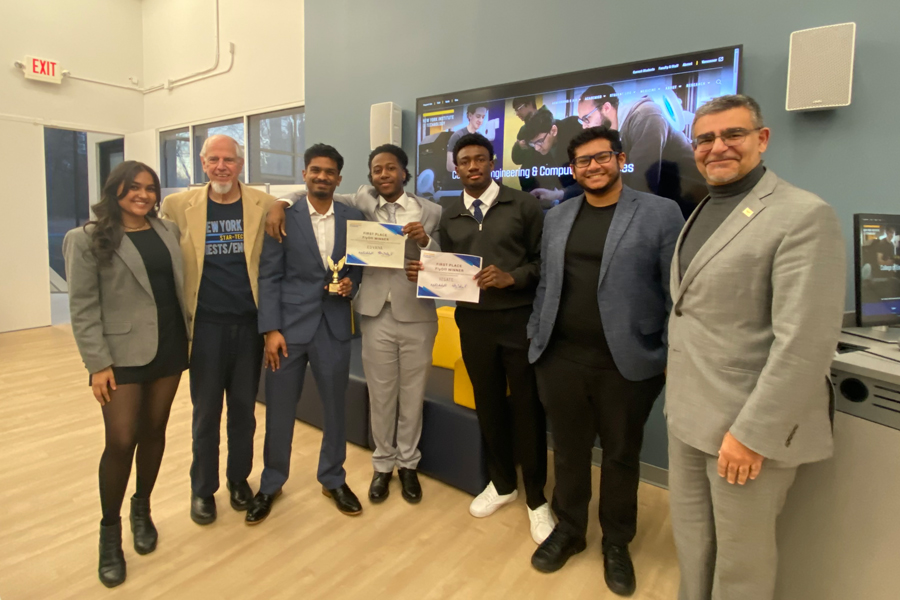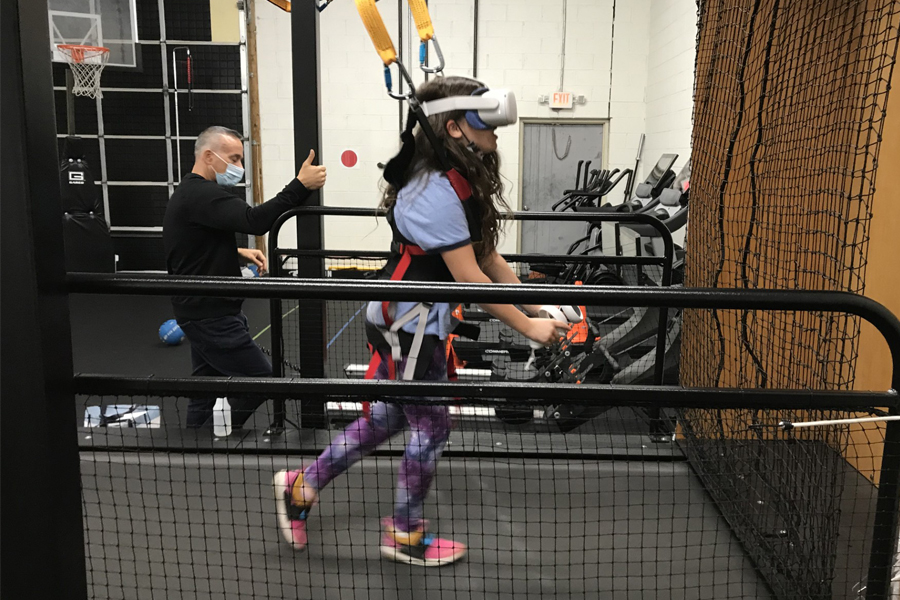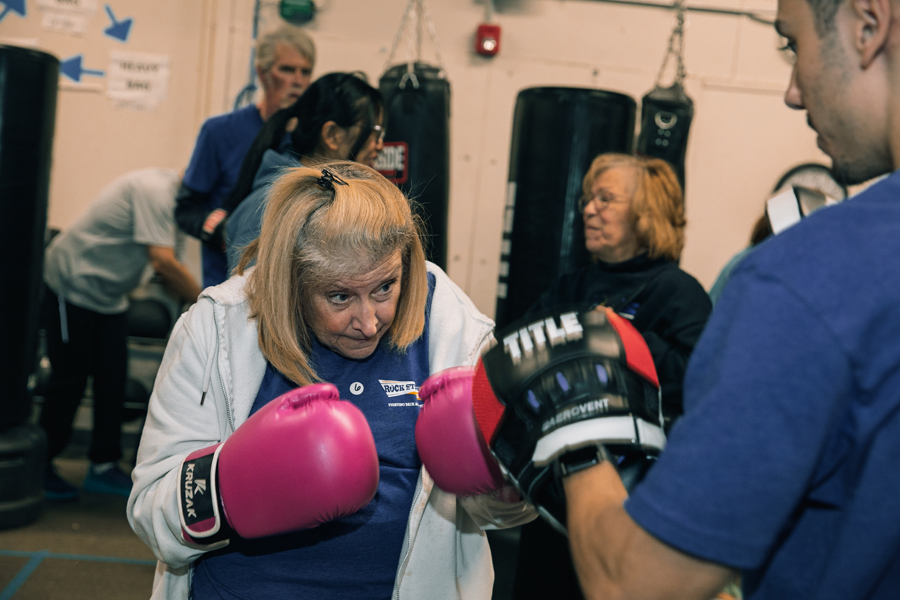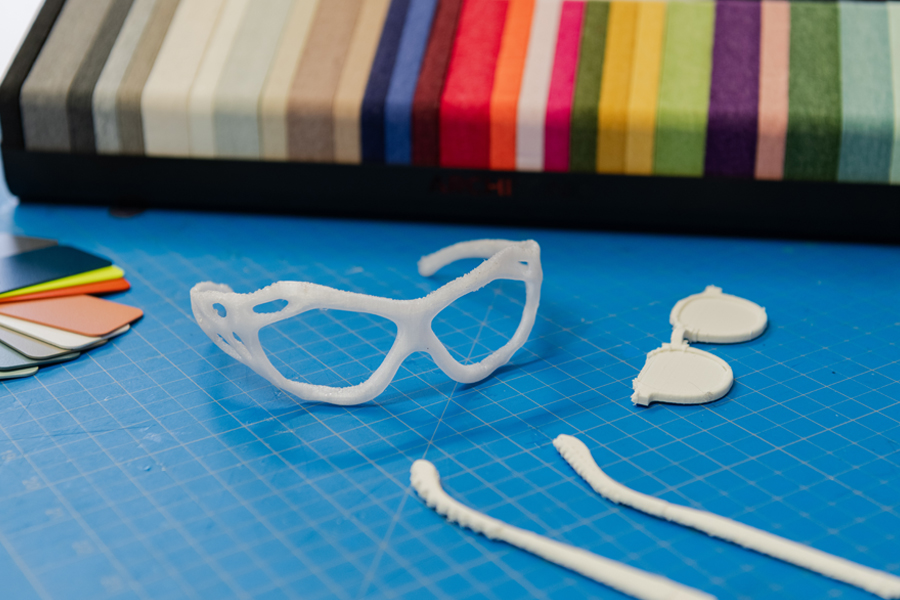
Reaching New Heights
New York Tech’s Innovation in Action Plan supercharges teaching, learning, and community.
They meet in groups of five or six, faculty and staff members representing a swath of the New York Tech academic experience. Each community comes together with a singular purpose: to learn how to become better teachers and stronger supporters of student success at one of the nation’s most diverse institutions of higher learning.
The Communities of Practice, as the groups are called, are at the heart of a larger five-year strategic action plan—New York Tech: Innovation in Action—also called the Strategic Action Plan, whose four priority areas not only support teaching excellence at New York Tech, but also promote an “enhanced” student experience outside the classroom.
The Communities of Practice align with a priority to drive innovation and discovery with diverse talent. The three other priority areas include optimize student success, sharpen institutional identity, and fortify institutional viability (in part, by engaging in innovative community partnerships).
Innovation in Action kicked off in 2022. The Communities of Practice started meeting last year. To date, more than 40 faculty and staff members have joined one of eight independently operating communities. Administrators are hoping to expand the number by publicizing their presence more widely this year in the form of emails, digital signage, and announcements at meetings, says Francine Glazer, Ph.D., associate provost and director of the Center for Teaching and Learning.
The communities allow professors to share success stories and thereby nurture excellence in their colleagues. They meet weekly or monthly to discuss effective practices and support one another.
“There’s a lot of research out there that says change comes from talking with a trusted colleague, like at the water cooler, where someone says, ‘Hey, I’ve been trying this,’” Glazer says. “People came together in these communities who didn’t previously know each other, and they built relationships.”
This article originally appeared in the spring/summer 2024 issue of New York Institute of Technology Magazine.
By Andrew Faught
People came together in these communities who didn’t previously know each other, and they built relationships.
Francine Glazer, Ph.D., associate provost and director of the Center for Teaching and Learning
More News

Brands Must Balance AI and Authenticity
As consumer behavior expert Colleen Kirk, D.P.S., explains, in 2026, marketers leveraging AI must remember to prioritize genuine connections and transparency.

Student Entrepreneurs Share Big Ideas
Students gathered at the Innovation and Entrepreneurship Academy’s Startup Tech Central to present their startup companies at the third NESTS FlyOff event.

Intern Insight: Ananya More
When graduate computer science student Ananya More secured an internship with the MTA, she gained the opportunity to work with data for the largest subway system in the United States.

Study: VR Helps Children With Autism Participate in Exercise and Sports
A new study by researchers from the School of Health Professions and College of Osteopathic Medicine demonstrates how virtual reality (VR) can help children with autism spectrum disorder participate in exercise.

Boxers Fight Back Against Parkinson’s Disease
A holiday “boxathon” hosted by NYITCOM’s Parkinson’s Center raised awareness for the disease and the importance of exercise in treatment, while bringing members of the Rock Steady Boxing community together at a time when patients may experience loneliness and isolation.

“Envisioning” More Inclusive Eyewear
As part of a collaborative initiative between New York Tech and the global eyewear company Marcolin, students from the School of Architecture and Design and NYITCOM teamed up to develop potential eyewear solutions for neurodivergent populations.